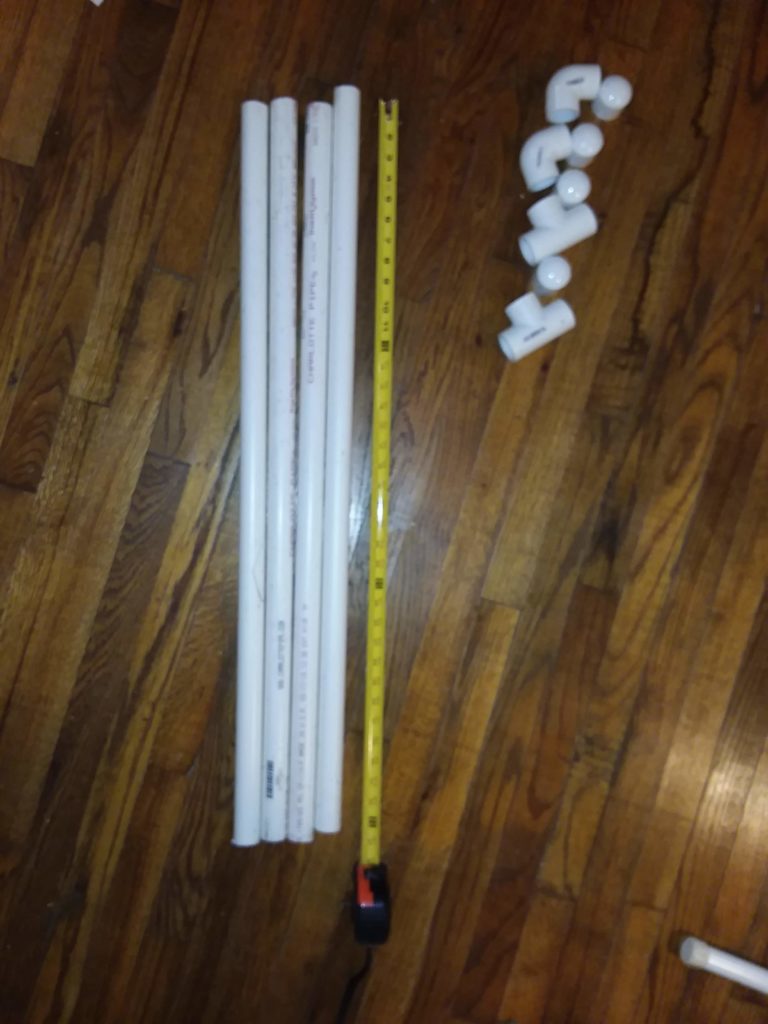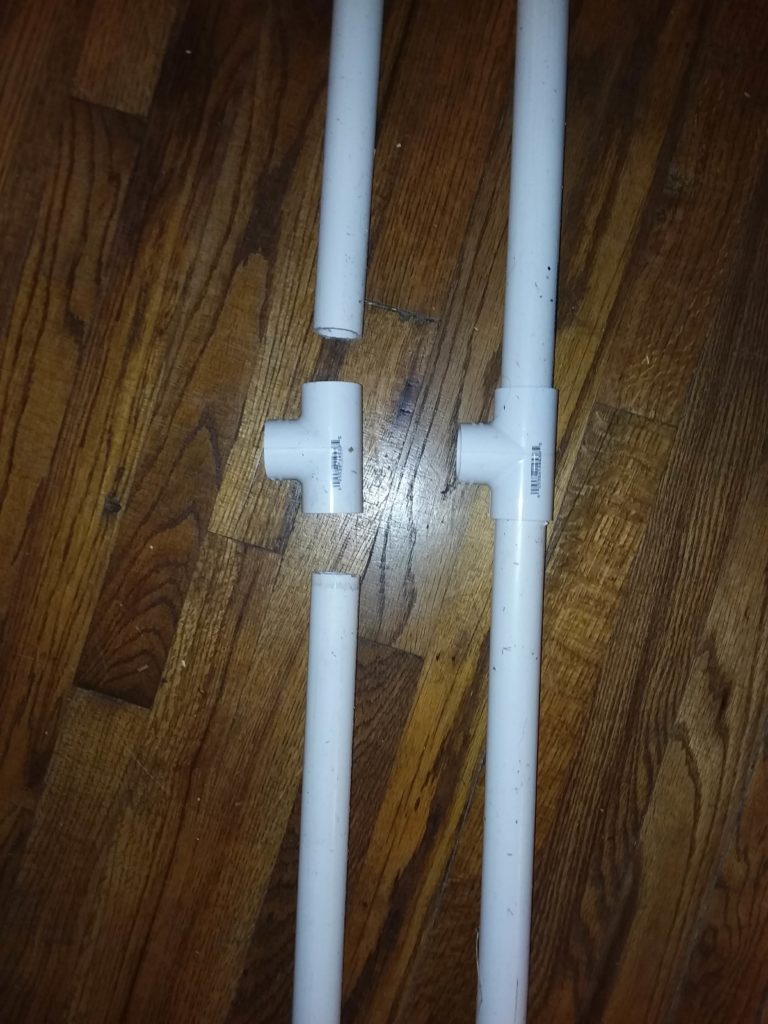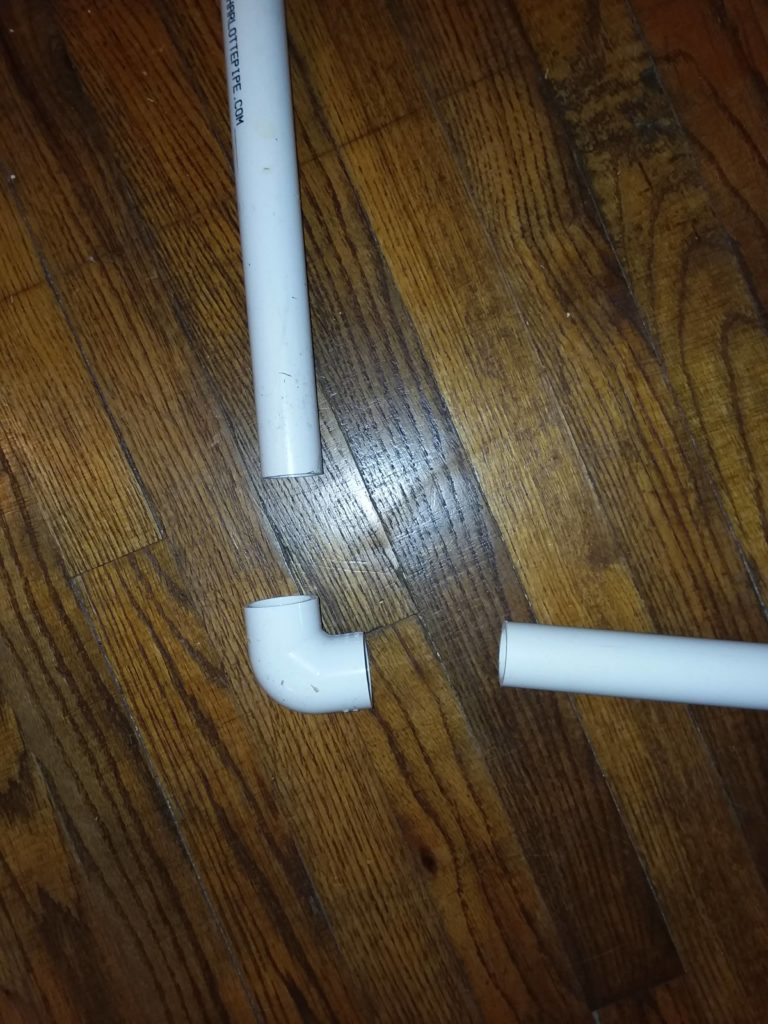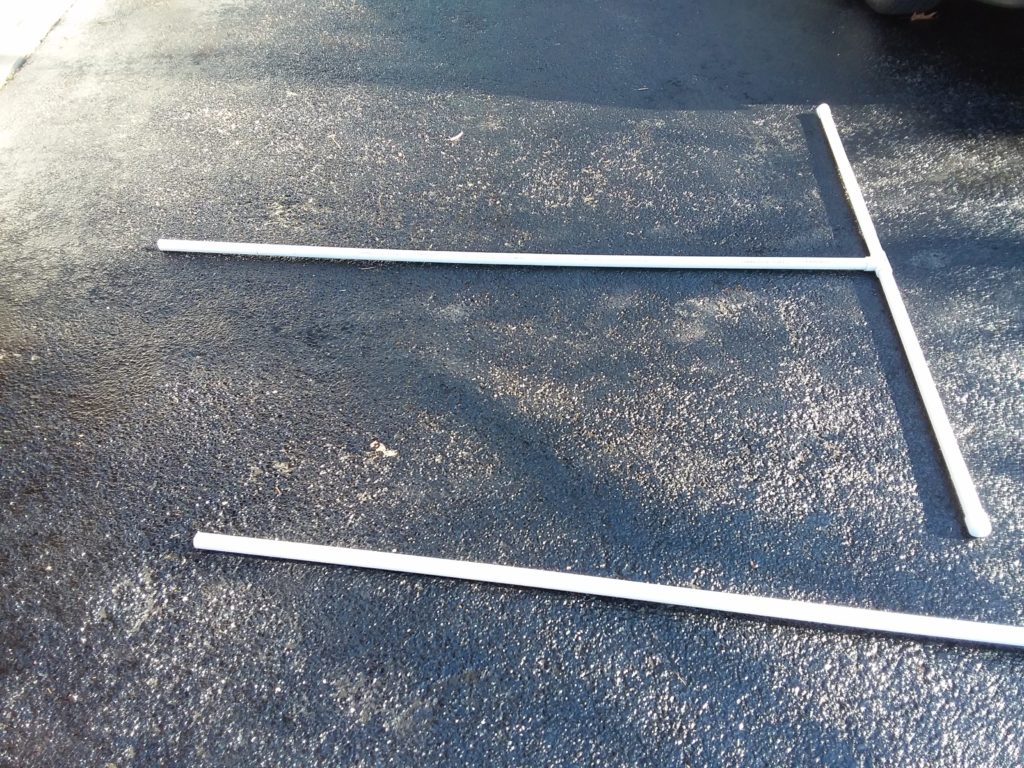The big problem confronting many of us right now is academic dishonesty: How do we make sure our students don’t cheat?
Here’s the easy answer: You can’t.
More specifically: Unless you intend to “Big Brother” your students and watch every move they make via webcam, it is impossible to prevent students from using unauthorized resources.
For example, there’s been some buzz about “lockdown browser” software: once a student starts the exam in a lockdown browser, they can’t open a new window and look up the answer. That works great…except that there are several smartphone apps (Symbolab and Socratic among others) that will allow students to take pictures of questions; the app will then produce a solution complete with steps. Students can then just copy the steps down onto paper, and they’ve “shown their work” (a traditional remedy against cheating).
So what can we do? The reality is there is nothing we can do to prevent this type of cheating. Add to that an important idea: Teachers are not policemen. None of us entered this profession because we got joy and satisfaction catching miscreants. None of us like the idea of having to monitor students to make sure they don’t cheat, and quite a few of us have used the line “If you cheat, you’re only hurting yourself.”
Still, the academic dishonesty issue is important: the student who sails through their classes with As may well become your doctor, and you’d like the reassurance that their academic performance reflects their competence. So what can we do?
I’ll pass on something I learned from my first years of teaching:
Always ask yourself “Why am I asking this question?”
In this case, let’s ask ourselves: Why do we care if students “look things up?”
Anyone remember the birth and death dates of James Monroe? How about Article 5 of the US Constitution? The speed of light (in m/s)? The 1735th decimal digit of e? In the real world, in our professional lives, we look things up all the time. If “education” is supposed to be training students for the “real world,” we should encourage looking things up.
“But they’ll need it for the next class.”
Ah, that’s a good point. Students will need to know how to solve quadratic equations for their next class.
But the number one criticism of math by everyone who’s not a mathematician? “I don’t see how this applies.” Remember the vast majority of math students are not going to become mathematicians. So while it’s true that a calculus teacher might want a student to solve a quadratic equation “by hand,” the engineering teacher just wants the student to design bridges that don’t collapse. The nursing teacher just wants student who correctly calculate drug doses. The marketing teacher just wants students who can find the correct price point for a product.
And when they get to the real world, their supervisor doesn’t care if they know the quadratic formula. They want the bridge that doesn’t collapse, the patient that doesn’t die, the marketing campaign that makes money. The ability to solve a quadratic equation “by hand” becomes a skill like knitting or brewing: it’s really neat when you can do it, but you still buy your clothes off-rack and buy beer at the packy store.
So stop worrying about academic honesty and focus on the real task: helping students learn. I’ll talk about that next time.









